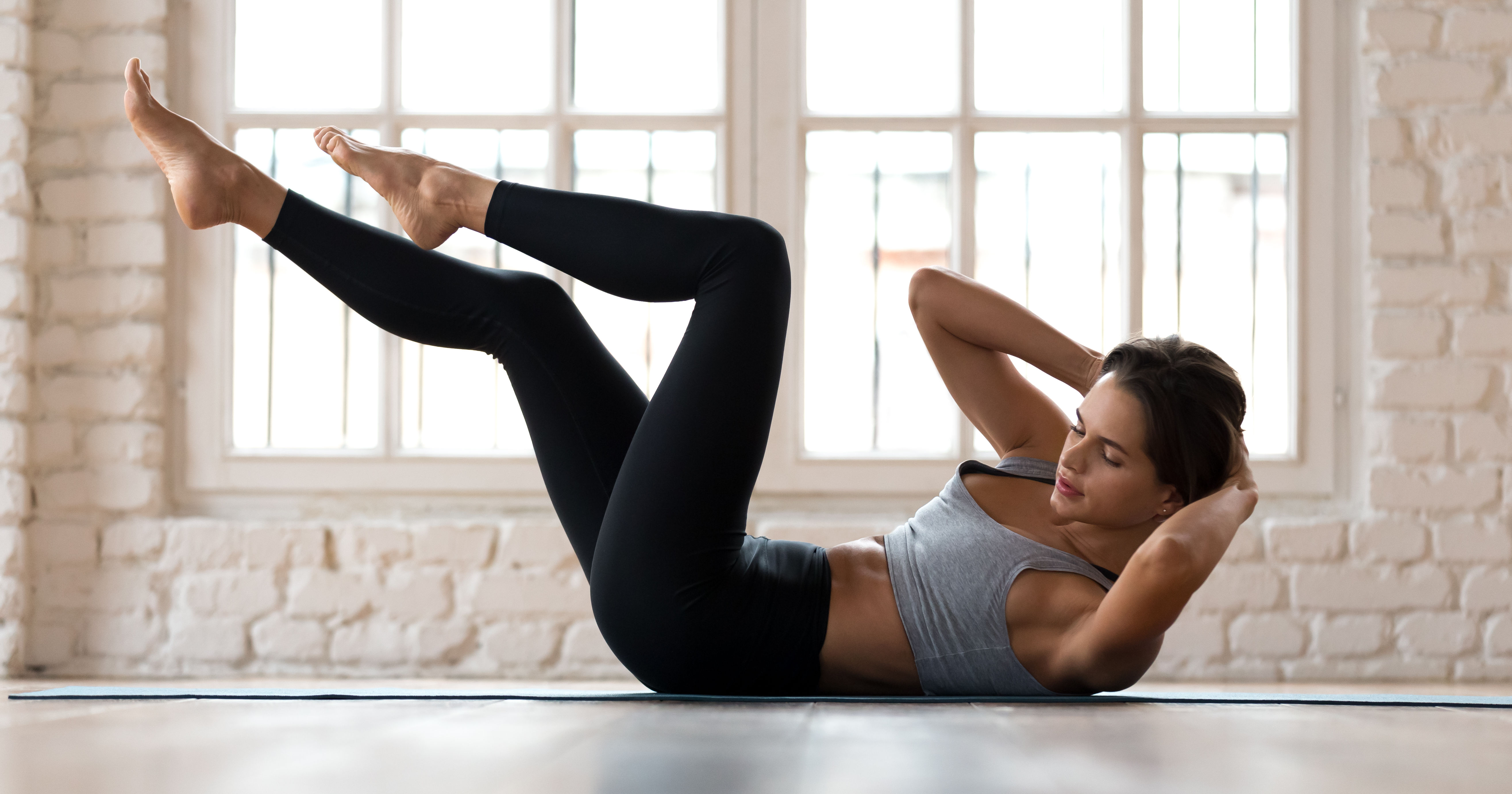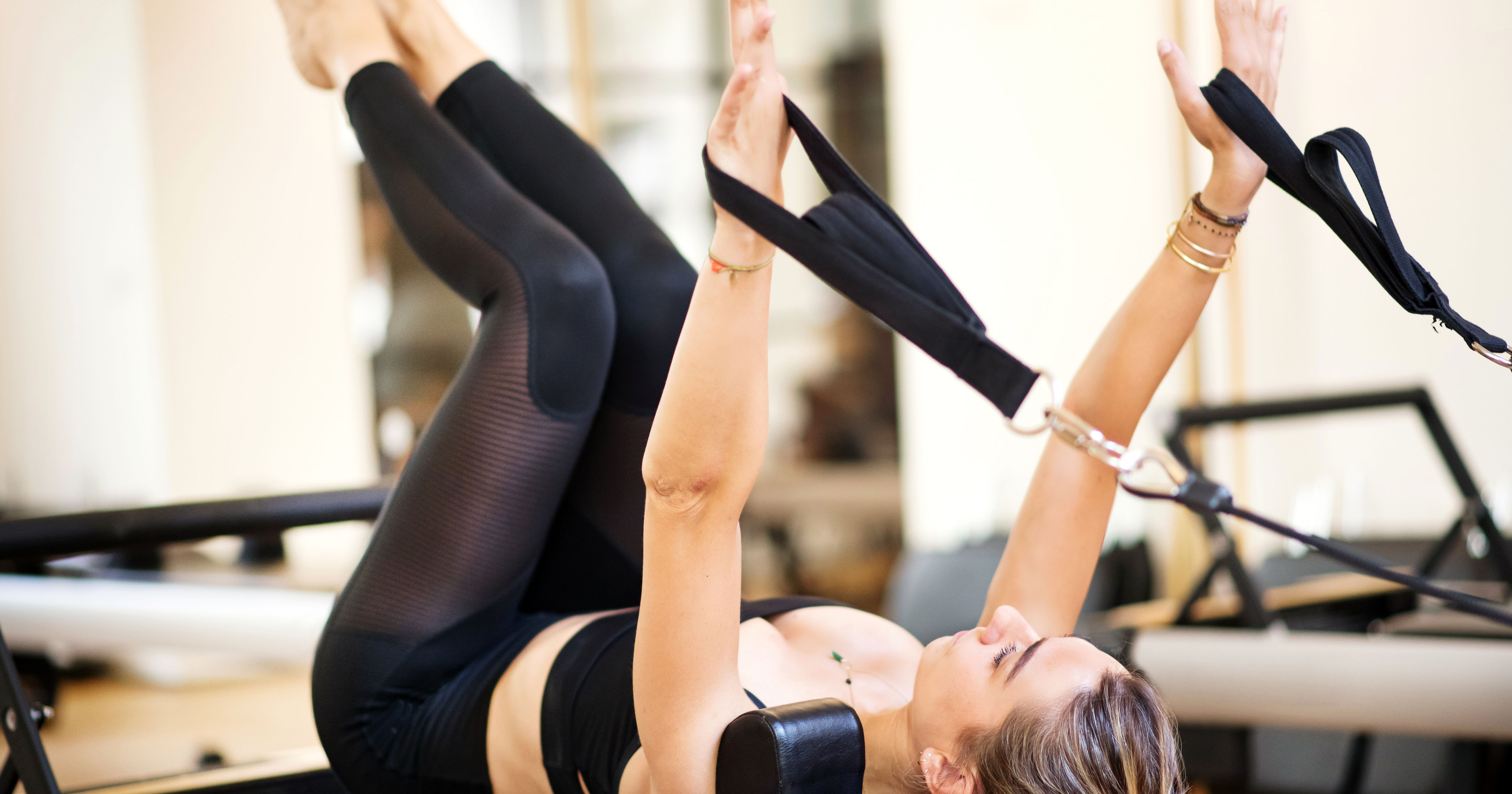We are deep in the baseball season and often we hear of a player who injures his or her rotator cuff while playing.
It is not just those players who fire-off 90 mile-per-hour fastballs who end up with shoulder pain. The rotator cuff is a group of four muscles that holds the shoulder in place and can be hurt in any job, home, or sport related a c t i v i t y t h a t involves a motion similar to throwing such as repetitive arm movements, football, tennis, golf, even bowling. The group of people who are most susceptible to these injuries are those who leap into activity without preparation.
The best time to strengthen the rotator cuff muscles is before rehabilitation is required. This will decrease the chance of injury, improve performance, and allow for a quicker recovery if injured. The key is to isolate the muscles. Generally, there is an imbalance in the shoulder musculature because the rotator cuff muscles are not exercised properly and can be weak. This can be a source of shoulder and/or arm pain. In my practice, when a patient does complain of shoulder problems; it is essential to rule-out referred pain from the neck, elbow, hand, or other source. Evaluation of the shoulder generally reveals any muscular imbalance or structural problems.
There are five basic exercises I give to my patients to strengthen the rotator cuff. When performing these
exercises, keep in mind to use light weights, make sure to use good form, and do lots of repetitions. The goal is to
build endurance. Each exercise is designed to make the upper arm rotate relative to the shoulder. This motion will challenge the rotator cuff muscles without stressing the joint. To perform these exercises you will require some elastic therapy tubing, Thera-band elastic bands, or access to a cable pulley system.
Exercise one: the source of resistance should be above the head (use a high cable or an elastic band secured to
the top of a door). Facing the door, approximately 4-6 feet away, hold the free end of the resistive source with
the good (uninjured) hand. The opposite leg should be forward with the non-active arm placed on this leg for
support during the activity. The arm to be exercised should be held with the elbow straight. All movement
comes from the shoulder only. The activity starts with the side to be exercised out in front with the elastic band tight, but not stretched. All exercises are performed with a slow deliberate movement (about 3 – 5 seconds per movement). The arm is slowly lowered and brought to the side of your body, then slowly returned to the starting
position. This is one repetition. The goal is to complete 15 controlled repetitions for each shoulder, using a complete range of motion (or a pain-free range of motion if injured).
Exercise Two: The source of resistance for the following four exercises should be at shoulder height. For the first
of these four exercises, face the point of resistance. The arm to be exercised should be held 90′ from the body
(held out to the side) with the elbow bent to 90′ with the forearm held parallel to the floor. This is the starting
position. The wrist is straight and the hand is holding the free end of the cable or elastic band. Slowly rotate the
upper arm so the forearm ends up perpendicular to the floor. Slowly rotate the arm back to the starting position.
This is one repetition. The goal is to complete 15 controlled repetitions per shoulder, using a complete range of motion (or a pain-free range of motion if injured).
Exercise Three: This exercise is the opposite of exercise two. You face away from the point of resistance. The
arm to be exercised should be held 90′ from the body (held out to the side) with the elbow bent to 90′ with the
forearm held perpendicular to the floor. This is the starting position. The wrist is straight and the hand is holding the free end of the cable or elastic band. Slowly rotate the upper arm so the forearm ends up parallel to the floor. Slowly rotate the arm back to the starting position. This is one repetition out of 15. Be sure to exercise both soulders.
Exercise Four: For this activity, stand with the shoulder to be exercised closest to the point of resistance. The arm
is held down to the side with the elbow flexed to 90′. It is important to keep the elbow at your side throughout this
exercise. The arm is rotated away from the body (externally rotated) with the wrist straight and the hand holding the free end of the cable or elastic band. This is the starting position. To exercise rotate the arm so your hand travels across your body (internal rotation) until the hand cannot go any further. Slowly return to the starting position. Your goal is 15 repetitions.
Exercise Five: For this activity, stand with the shoulder to be exercised farthest from the point of resistance. The
arm is held down to the side with the elbow flexed to 90′. It is important to keep the elbow at your side throughout
this exercise. The arm is rotated across the body (internally rotated) with the wrist straight and the hand holding the free end of the cable or elastic band. This is the starting position. To exercise rotate the arm so your hand travels across your body (external rotation) until the shoulder cannot go any further. Slowly return to the starting position. Your goal is 15 repetitions.



